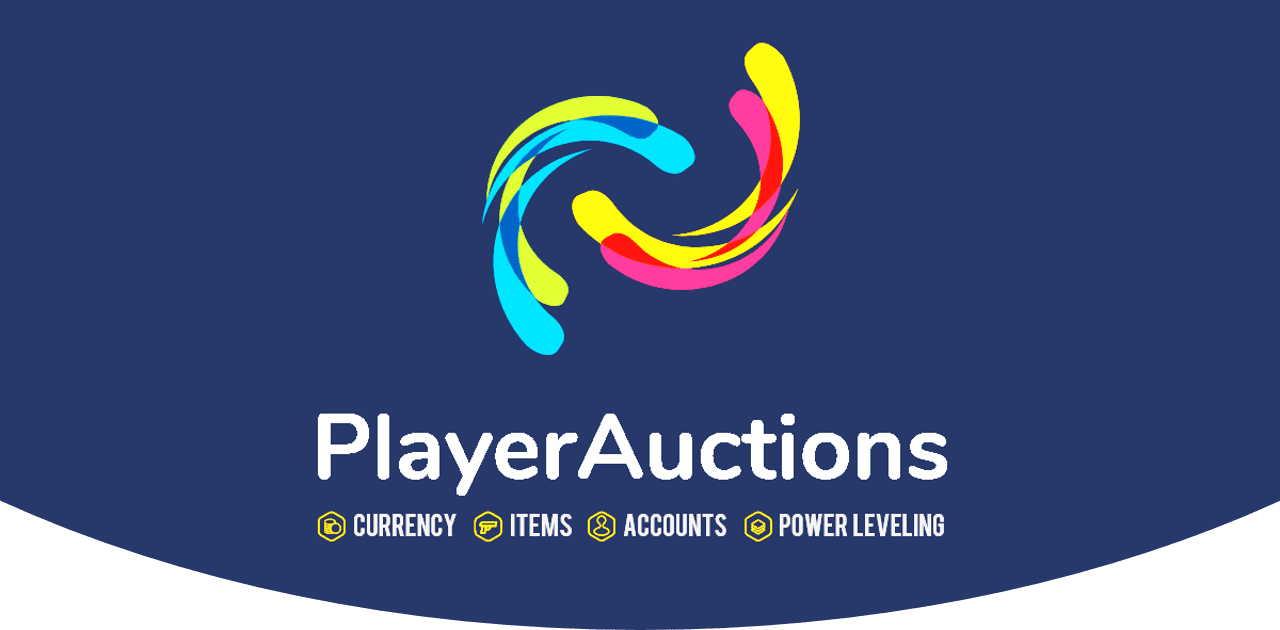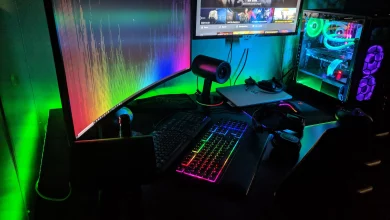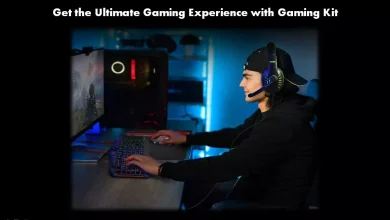All about CSGO Callouts Dust 2
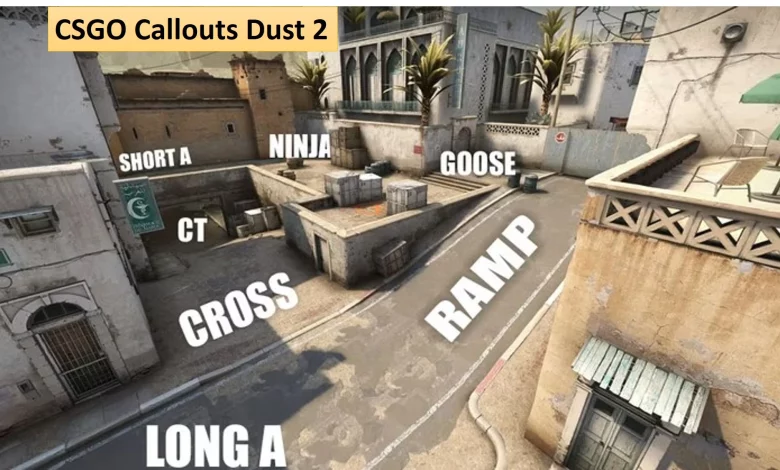

There are so many video games available, some of them become popular due to their unique features and gameplay. Every game has specific guidelines to understand that help the players to play and win the game.
Similarly, our article is about the same in which we will talk about CSGO Callout Dust 2.
Introduction of CSGO Callouts Dust 2
CSGO Callouts Dust 2
CSGO: Counter-Strike: Global Offensive is a popular multiplayer tactical first person shooter video game.
Callouts: They are specific names or terms used to refer to different areas of a map. They are used to communicate the location of enemies, objectives, and other important information to your team. CSGO Callouts Dust 2 are used to help players navigate the map and coordinate their actions with their team.
Dust 2 (or Dust II): It is one of the most popular and iconic maps in the CS:GO. The map has been a staple in the competitive scene since its introduction and is widely considered to be one of the best maps for new players to learn the basics of the game.
However, to truly excel on Dust II, it’s important to know the proper callouts for different areas of the map.
Keep reading to know about CS:GO, the different callouts for Dust II in CSGO, and how they can be used to communicate effectively with your team.
Counter Strike Global Offensive (CS:GO)
Counter Strike: Global Offensive (CS:GO) is a first-person shooter game developed and published by Valve Corporation. It is the fourth game in the Counter-Strike series and was released in 2012 for Windows, macOS, Xbox 360, and PlayStation 3.
The game is played in rounds, with the goal of the terrorist team to plant a bomb or take hostages, while the counter-terrorist team’s goal is to prevent the bomb from being planted or the hostages from being taken.
The game has become one of the most popular and successful esports, with a huge following and a thriving competitive scene.
Gameplay
CS:GO requires players to work together as a team to achieve their objectives. The game is divided into rounds, with each team taking turns playing as the terrorist or counter-terrorist team.
The terrorist team’s goal is to plant a bomb or take hostages, while the counter-terrorist team’s goal is to prevent the bomb from being planted or the hostages from being taken.
Players are given a set amount of money at the start of each round, which can be used to purchase weapons and equipment.
The game features a wide variety of weapons, each with its own unique characteristics and strengths. The game also features a variety of equipment, such as grenades, armor, and defuse kits.
Players are able to earn points by completing objectives, killing enemies, and assisting their team. These points can be used to purchase better weapons and equipment, allowing players to become more effective in battle.
Maps
CS:GO features a wide variety of maps, each with its own unique layout and design. Maps are designed to provide a challenging and dynamic environment for players to compete in.
Some of the most popular maps include Dust II, Inferno, Mirage, Nuke, and Train.
Each map has its own set of callouts, which are specific names or terms used to refer to different areas of the map. These callouts are used to communicate the location of enemies, objectives, and other important information to the team.
Competitive Scene
CS:GO has a thriving competitive scene, with a wide variety of tournaments and leagues taking place throughout the year.
These tournaments feature the best teams from around the world competing for large cash prizes.
Some of the most popular tournaments include the Intel Extreme Masters, DreamHack, and the FACEIT London Major.
The game’s competitive scene is also supported by a wide variety of third-party matchmaking and league platforms, such as ESEA, FACEIT, and esportal. These platforms allow players of all skill levels to compete in organized matches and climb the ranks to reach the top.
In-Game Economy
Another important aspect of CS:GO is the in-game economy, which allows players to purchase weapons and equipment using money earned in each round.
The economy is based on a round-by-round system, with the amount of money a player earns determined by their actions in the previous round.
This allows for a strategic element to the game, as players must decide when to save money for better equipment and when to spend it on weapons and utilities.
Skins
Skins are a cosmetic feature in CS:GO, allowing players to customize the appearance of their weapons. Skins can be purchased through the Steam Market or earned through in-game drops and can also be traded between players. Skins do not affect gameplay, but they allow players to personalize their weapons and stand out in the game.
The game’s tactical gameplay, a wide variety of weapons, diverse maps, and in-game economy make it a challenging and dynamic experience for players.
Importance of CSGO Callouts Dust 2?
Callouts are especially important in Dust 2 because of the map’s symmetrical design. The map is divided into two main areas:
- The Terrorist Side
- The Counter-Terrorist Side.
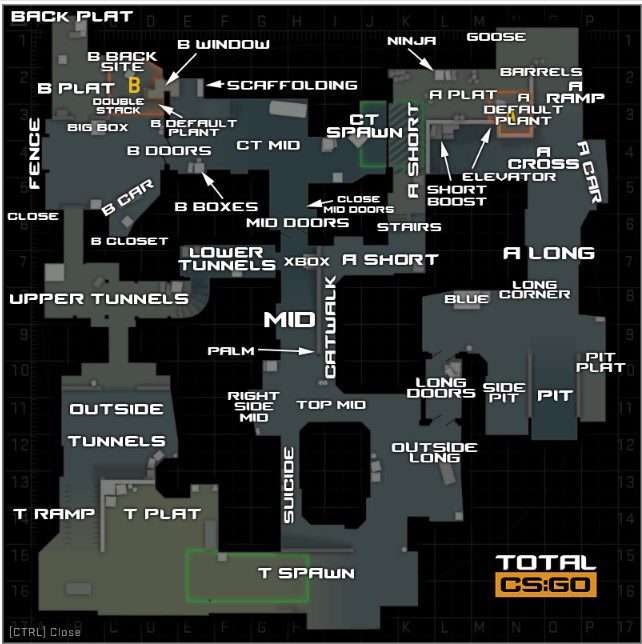

Each side of the map is identical, and it can be easy to get lost or confused. By CSGO Callouts Dust 2, players can quickly and easily communicate the location of enemies and objectives, allowing their team to make better-informed decisions and work together more effectively.
Common CSGO Callouts Dust 2
The common CSGO Callouts Dust 2 are given below:
1. “A ramp” or “Top of A ramp”
This callout for Dust II refers to the ramp that leads up to the A site from the terrorist side. It’s a key chokepoint and a popular spot for defenders to hold.
2. “B ramp” or “Top of B ramp”
It refers to the ramp that leads up to the B site from the terrorist side. Like the A ramp, it’s a key chokepoint and a popular spot for defenders to hold.
3. “Catwalk”
This callout depicts the elevated walkway that runs above the A ramp and the B ramp. It’s a popular spot for snipers and provides a good vantage point to see the entire map.
4. “Palace”
This callout refers to the large building on the terrorist side of the map. It’s a key chokepoint and a popular spot for defenders to hold.
5. “Short”
This callout refers to the area that connects the terrorist spawn with the A ramp and the B ramp. It’s a key chokepoint and a popular spot for defenders to hold.
6. “Long”
Represents the area that connects the terrorist spawn with the Palace. It’s a key chokepoint and a popular spot for defenders to hold.
7. “Mid”
The area that connects the A ramp with the B ramp. It’s a key chokepoint and a popular spot for defenders to hold.
8. “T-Spawn”
This callout refers to the Terrorist Spawn. It’s the starting point for the terrorist team.
9. “CT-Spawn”
CT-Spawn refers to the Counter-Terrorist Spawn. It’s the starting point for the counter-terrorist team.
10. “A Site”
This callout refers to the terrorist objective on the A site. The terrorist team must plant the bomb on this site.
11. “B Site”
It refers the terrorist objective on the B site. The terrorist team must plant the bomb on this site.
Conclusion
CSGO Callouts Dust 2 are an essential part of Counter Strike: Global Offensive. They allow players to communicate effectively, navigate the map easily, and ultimately increase the chances of winning the round.
Using the callouts discussed in this article will help you navigate the map easily and provide your team with the right information at the right time. This will ultimately give your team an edge over the opponents and increase the chances of winning the round.
The more you play on Dust II, the more familiar you will become with the map and the callouts. Practice makes perfect, so keep playing and keep communicating with your team.
You may also read: Get the Ultimate Gaming Experience with A Gaming Kit

